Physics
Isaac Newton: 1642-1727
– First Law
Newton’s Three Laws of Motion stated, “Every object in a state of uniform motion tends to remain in that state of motion unless an external force is applied to it”.
– Second Law
Newton’s Three Laws of Motion stated, “The relationship between an object’s mass m, its acceleration a, and the applied force F is F = ma. Acceleration and force are vectors (as indicated by their symbols being displayed in slant bold font); in this law the direction of the force vector is the same as the direction of the acceleration vector”.
– Third Law
Newton’s Three Laws of Motion stated, “For every action there is an equal and opposite reaction”.
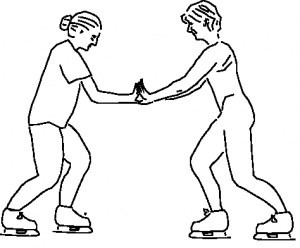
Newton’s Third Law
by Benjamin Crowell, used under 
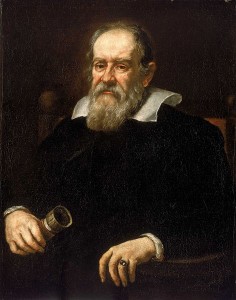
Portrait of Galileo
by National Maritime Museum, used under ![]()
Galileo Galilei: 1564-1642
– Phrases of Venus
According to Galileo: the Telescope & the Laws of Dynamics, “In the Ptolemaic system Venus should always be in crescent phase as viewed from the Earth because as it moves around its epicycle it can never be far from the direction of the sun (which lies beyond it), but in the Copernican system Venus should exhibit a complete set of phases over time as viewed from the Earth because it is illuminated from the center of its orbit”.
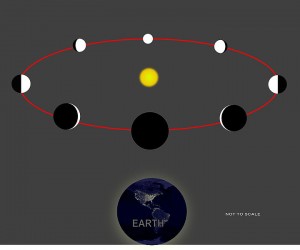
Phrases of Venus
by Nichalp , used under ![]()
– Inertia
According to Galileo: the Telescope & the Laws of Dynamics, “Perhaps Galileo’s greatest contribution to physics was his formulation of the concept of inertia: an object in a state of motion possesses an ‘inertia’ that causes it to remain in that state of motion unless an external force acts on it. In order to arrive at this conclusion, which will form the cornerstone of Newton’s laws of motion (indeed, it will become Newton’s First Law of Motion), Galileo had to abstract from what he, and everyone else, saw”.
Robert Hooke: 1635-1703
– Hooke’s Law
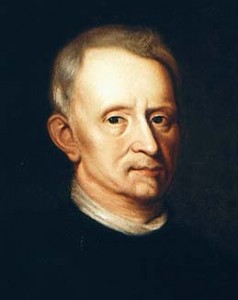
Robert Hooke
by Mary Beale, used under 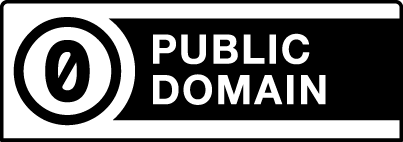
According to Jessa (2010): Hooke’s Law is a law that shows the relationship between the forces applied to a spring and its elasticity. The relationship is best explained by the equation F=-kx. F is force applied to the spring this can be either the strain or stress that acts upon the spring. X is the displacement of the spring with negative value demonstrating that the displacement of the spring when it is stretched. When the spring is compressed the the x value is positive. K is the spring constant and details how stiff the spring is.
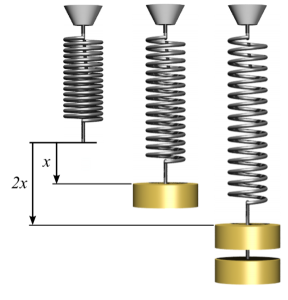
Hooke’s Law
by Svjo, used under 
Works Cited
Newton’s Three Laws of Motion. Astronomy 161 Solar System. Retrieved from http://csep10.phys.utk.edu/astr161/lect/history/newton3laws.html
Galileo: the Telescope & the Laws of Dynamics. Astronomy 161 Solar System. Retrieved from http://csep10.phys.utk.edu/astr161/lect/history/galileo.html
Jessa, Tega. (2010) What is Hooke’s law?. Universe Today. Retrieved from http://www.universetoday.com/55027/hookes-law/